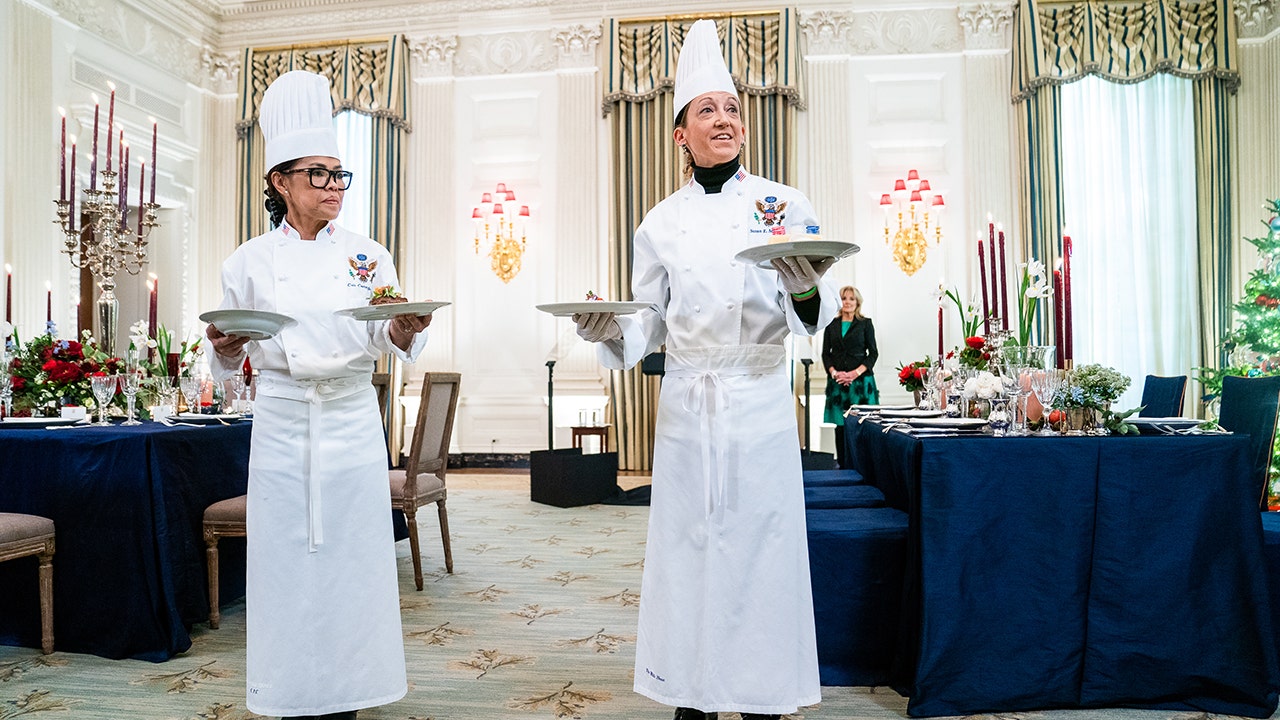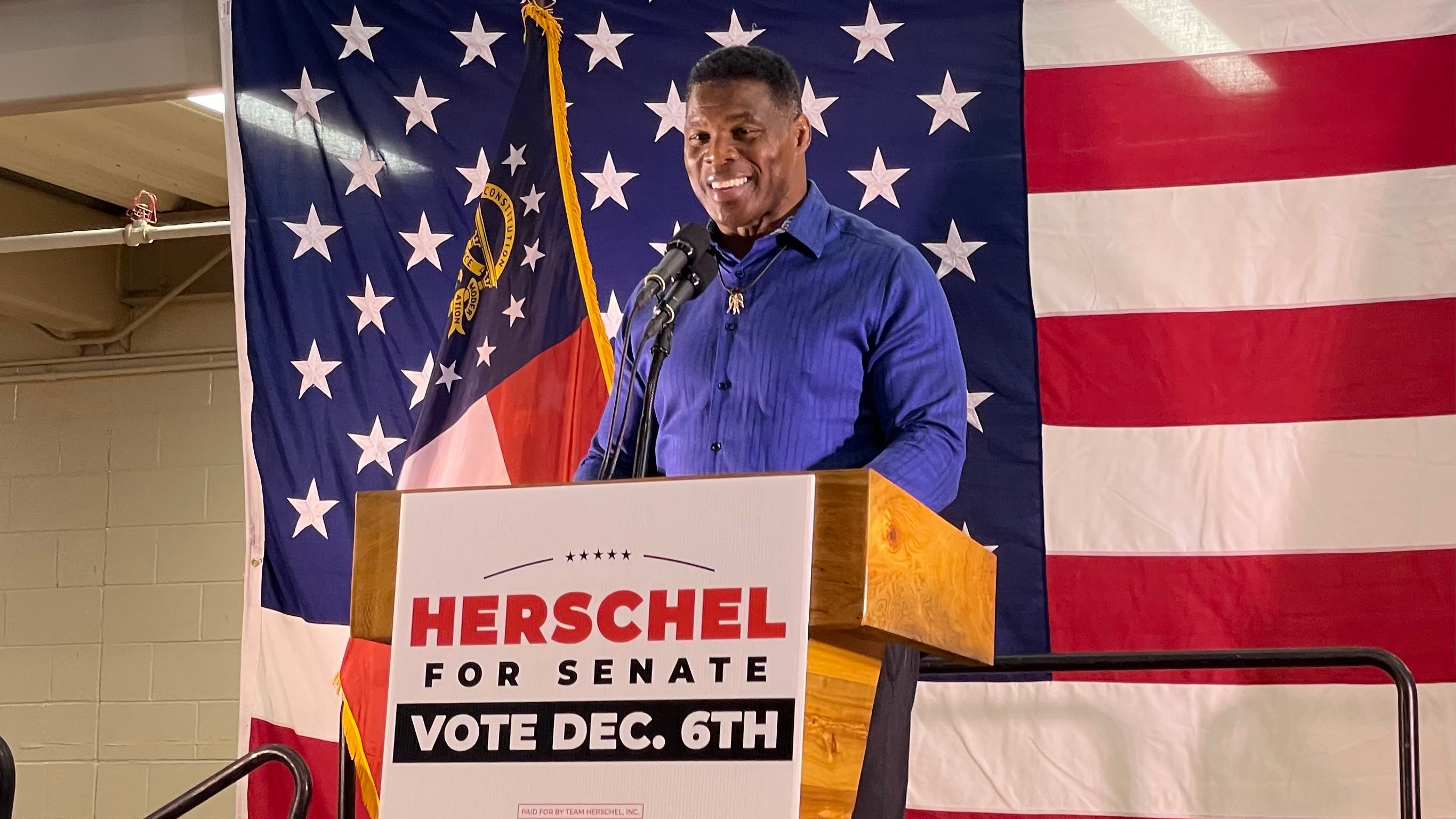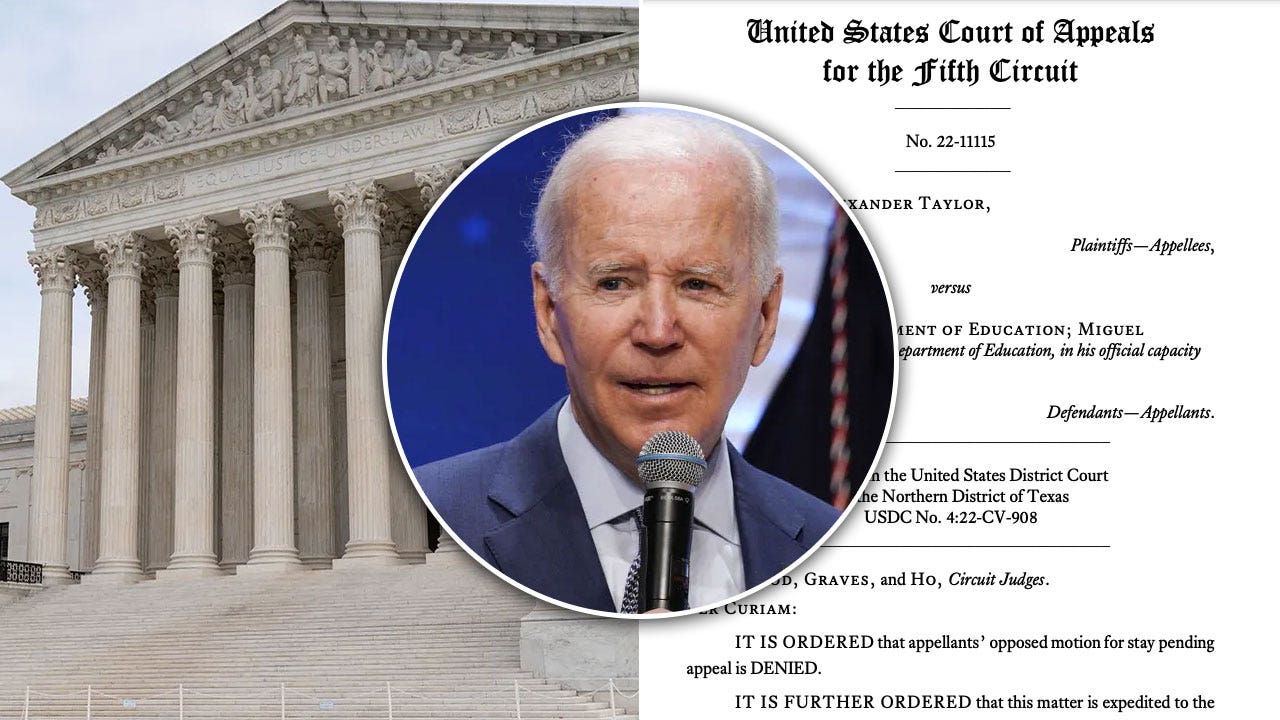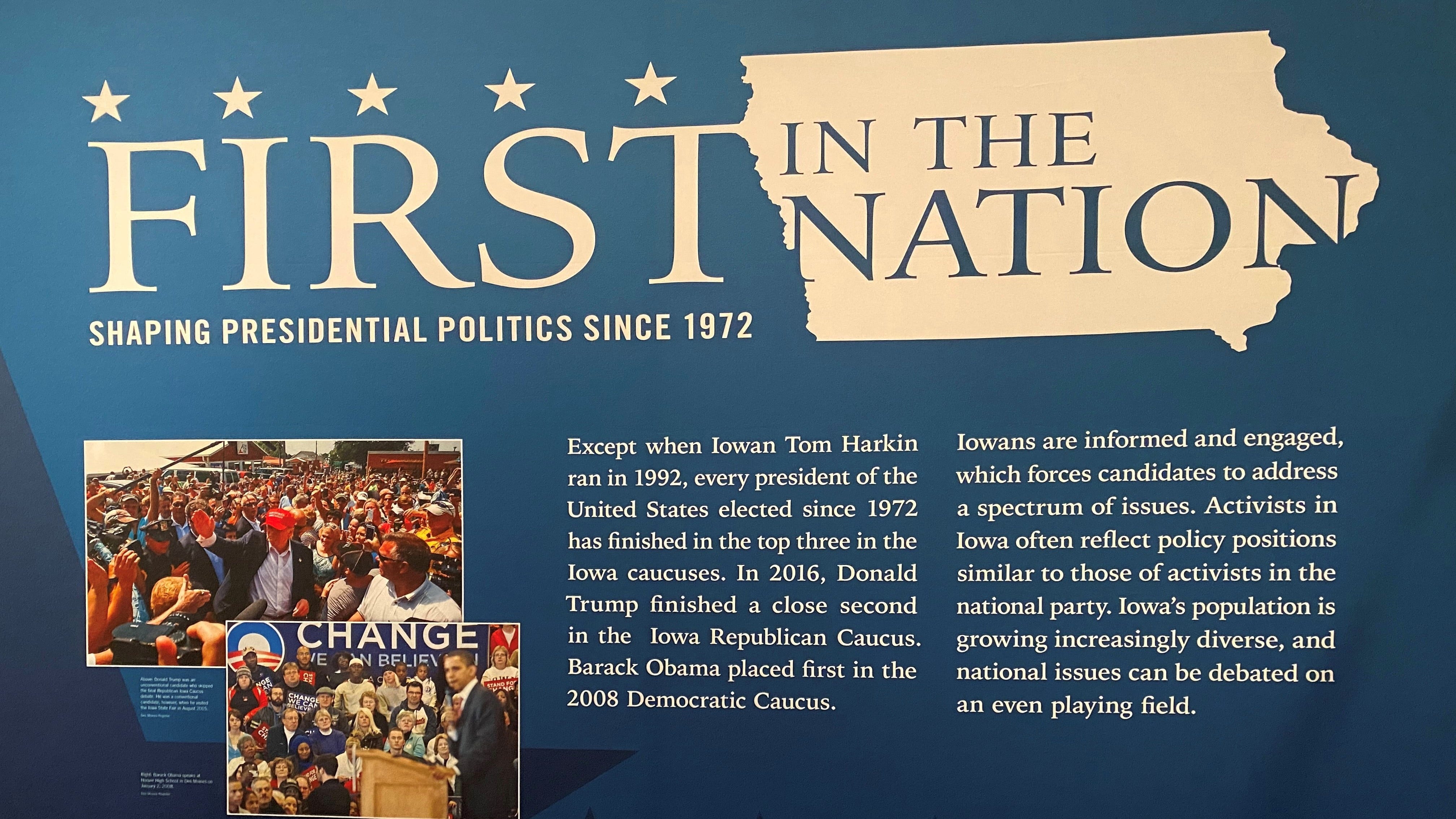You sometimes hear the term “in camera” when referring to happenings in a judge’s private chambers. The public and press corps generally don’t learn what unfolded behind closed doors.
It’s a lot different than “on camera.”
And that’s precisely what could happen in the judiciary if a coalition of bipartisan senators has its way.
The High Court bars cameras. But there’s been a push for decades to open up the Supreme Court and beam its proceedings into everyone’s living room and directly onto your iPhone.
The Supreme Court is a secretive institution: only seats for 50 visitors, no cameras. Reporters only scribble with pens and notebooks inside.
And when the justices announce their decisions, the world learns about the rulings in a very old-school way.
SHAPIRO QUESTIONS ‘HIGH HOPES’ FOR ‘MARKEDLY UNAMBITIOUS’ BARRETT AND KAVANAUGH AS SCOTUS TERM ENDS
It’s a Washington ritual dubbed “The Running of the Interns.” Breathless couriers for news organizations – often interns – don tennis shoes and sprint the decisions to awaiting news cameras and reporters outside the building.
But, it’s possible congress” target=”_blank”>Congress<
“There is a reason that virtually every Supreme Court justice opposes this. And I would point out that that view is not a partisan view. It’s not the Republican nominees oppose this,” added Cruz, arguing that televised proceedings would “mis-educate the American people.”
Supreme Court Justices generally oppose the idea of cameras. Justices don’t often make public statements. However, the issue of cameras in the Supreme Court surfaced at a March, 1996 House Appropriations Subcommittee hearing on funding for the federal courts with former Associate Supreme Court Justices Anthony Kennedy and David Souter.
The country was fresh off the wall-to-wall, televised murder trial of OJ Simpson in the summer and fall of 1995. People were concerned whether the presence of cameras influenced Judge Lance Ito, who presided over the trial, to say nothing of the attorneys.
“What about the lawyers? Do they ever perform for the cameras?” asked then subcommittee chairman and former local prosecutor Rep. Hal Rogers, R-Ky.
“Oh no!” smirked Kennedy, drawing laughter from the crowd. “Of course they do. When you have this frenzy of the press, this is a marriage made in heaven. Attorneys love it.”
“Trial lawyers are by nature, actors,” counters former Connecticut Attorney General and Sen. Richard Blumenthal, D-Conn. “I’ve been a trial lawyer. It’s a form of acting, in some ways. And, the trial is a form of playing. But the camera doesn’t make it more so. I think that it simply enlightens the public.”
Concern about “theatrics” in the courtroom has long bedeviled those who wish to televise court proceedings. Especially the Supreme Court.
“One of the (arguments against cameras) has been the idea of grandstanding. That you’ve have these sort of ‘My Cousin Vinny’-style monologues in which lawyers would be performing, not for the judge or making their arguments to the justices. But instead, looking for sound bytes that would be picked up for the evening news,” said longtime Supreme Court observer Amy Howe of SCOTUSblog.
ARIZONA AG ON SUPREME COURT UPHOLDING STATE’S VOTER PROTECTIONS: ‘WE WON’
Howe observed that justices would not look fondly on those who play to the camera before the High Court.
“They may well chastise a lawyer who tried to do that,” said Howe. “That’s going to be something that would carry with a lawyer and have a kind of reputational sanction. That might make it harder for someone to get hired for future Supreme Court cases.”
The Supreme Court has provided audio of its oral arguments to news organizations since the mid-1990s.
The High Court periodically releases same-day audio for “big” cases. The Supreme Court allowed live audio of oral arguments – via phone – during the pandemic.
The DC Circuit Court of Appeals has also provided live audio. The Second Circuit Court of Appeals in New York said it will continue with live audio feeds of arguments post-pandemic. And the Ninth Circuit Court of Appeals in San Francisco has provided live video for years.
“The sky has not yet fallen,” said Howe when speaking about televised proceedings from the Ninth Circuit.
At a December, 2014 House Judiciary subcommittee hearing on cameras in the courtroom, C-SPAN co-CEO Susan Swain testified about what she characterized as a “patchwork” of systems in the federal courts when it comes to providing video and audio. When a court offers audio, C-SPAN and other news organizations simply supplement the audio with pictures of those speaking. The same with cases argued before the Supreme Court, via telephone, during the pandemic.
At the time, Swain posed the following question: “Why not simply permit the cameras?”
In her testimony, Swain argued that “an open judicial system is fundamental for our democracy” and that judges were “public employees.”
But Cruz isn’t convinced.
CLICK HERE TO GET THE FOX NEWS APP
“Every single one of us behaves dramatically differently when the C-SPAN cameras are on. When the cameras are off and we’re in a classified briefing, suddenly people have their jackets off,” said Cruz. “They actually have conversations.”
Passage of the bill in committee with bipartisan support strokes optimism that the full Senate could approve the plan to televise Supreme Court oral arguments.
Of course, introducing TV cameras into the Supreme Court could propel the institution into the 20th Century. But, perhaps not yet, the 21st.









